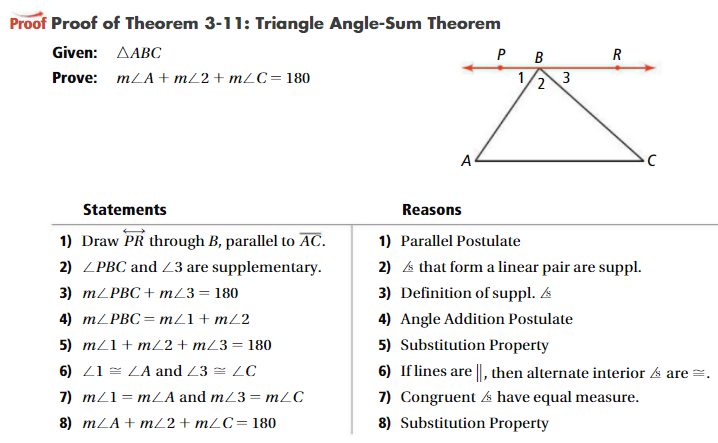

Only a two-column proof explicitly places the mathematics on one side (the first column) and the reasoning on the other side (the second or right column). A flowchart proof can be hard to follow, but at least it separates the mathematics from the reasoning in a clear way.


That means you have to be extremely organized and possibly rewrite the paragraph multiple times before getting it right. Structure in two-column proofsĪ paragraph proof tells a story, with each fact and reason laid out in a time order. Paragraphs and flowcharts can lay out the various steps well enough, but for purity and clarity, nothing beats a two-column proof.Ī two-column proof uses a table to present a logical argument and assigns each column to do one job, and then the two columns work in lock-step to take a reader from premise to conclusion. Most geometry works around three types of proof: Writing a proof is a challenge because you have to make every piece fit in its correct order. Among the many methods available to mathematicians are proofs, or logical arguments that begin with a premise and arrive at a conclusion by delineating facts.


 0 kommentar(er)
0 kommentar(er)
